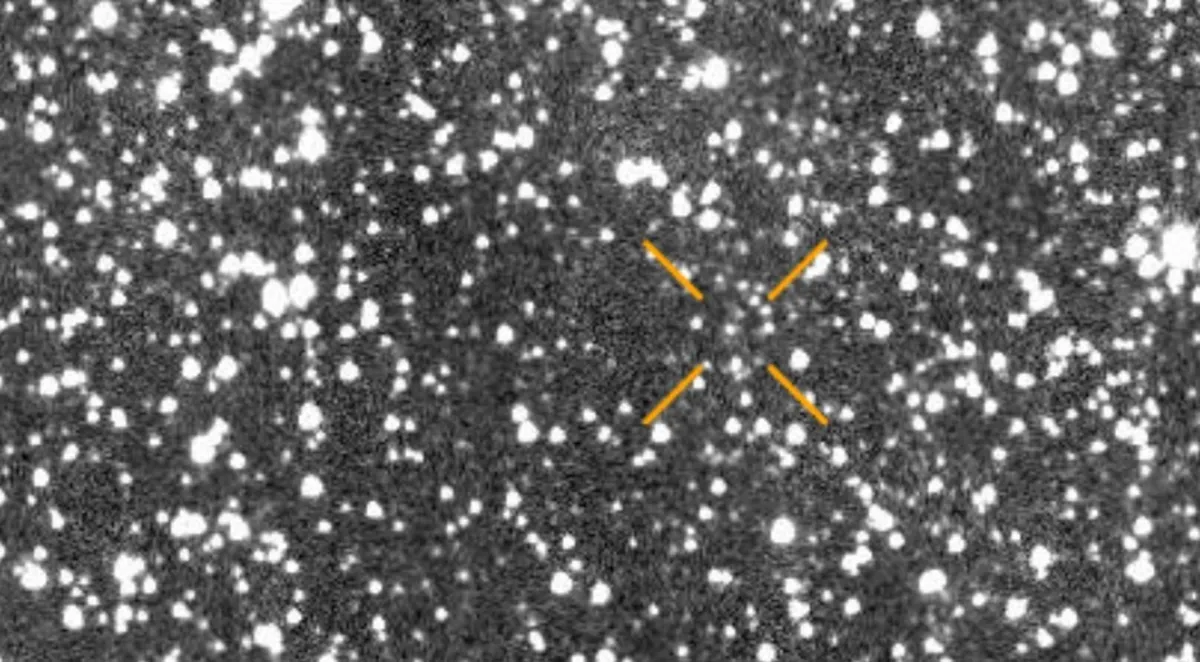
A groundbreaking report suggests that the massive comet known as 3I/ATLAS is significantly larger than previously estimated and may even be a remnant of alien technology. First identified in July by NASA’s Asteroid Terrestrial-impact Last Alert System (ATLAS), this object has garnered attention as the third confirmed interstellar object observed in our solar system. The two previous interstellar visitors were Comet 2I/Borisov, which passed through in 2019, and 'Oumuamua, a cigar-shaped object that made its appearance in 2017.
What sets 3I/ATLAS apart from its predecessors is the intense scrutiny it is receiving from scientists regarding its origins. In a recent study, Harvard astrophysicist Avi Loeb and his research team posited that the mass of ATLAS must exceed 33 billion tons, with a nucleus that is larger than 3.1 miles in diameter. This substantial mass leads to the shedding of large amounts of carbon dioxide and dust as it hurtles toward the sun.
Loeb highlighted in a blog post that "3I/ATLAS is more massive than the other two interstellar objects, 1I/'Oumuamua and 2I/Borisov, by 3–5 orders of magnitude, constituting a major anomaly." This statement raises intriguing questions about the object's nature and its potential origins.
Traveling at an astonishing speed of around 152,000 mph, 3I/ATLAS is following a flat and straight trajectory that is unlike any other object observed in the solar system. This unusual path has led to speculation about its potential for advanced propulsion mechanisms.
In his earlier research, Loeb suggested that a future detection of a significant maneuver by 3I/ATLAS could indicate the presence of a technologically manufactured engine. He further posited that the hypothesis under consideration is that 3I/ATLAS might be a technological artifact, potentially exhibiting signs of active intelligence.
The discovery of 3I/ATLAS adds another layer of mystery to our understanding of interstellar objects and their implications for extraterrestrial life. As scientists continue to study this massive comet, we may be on the brink of uncovering evidence that challenges our perceptions of technology and intelligence beyond Earth.